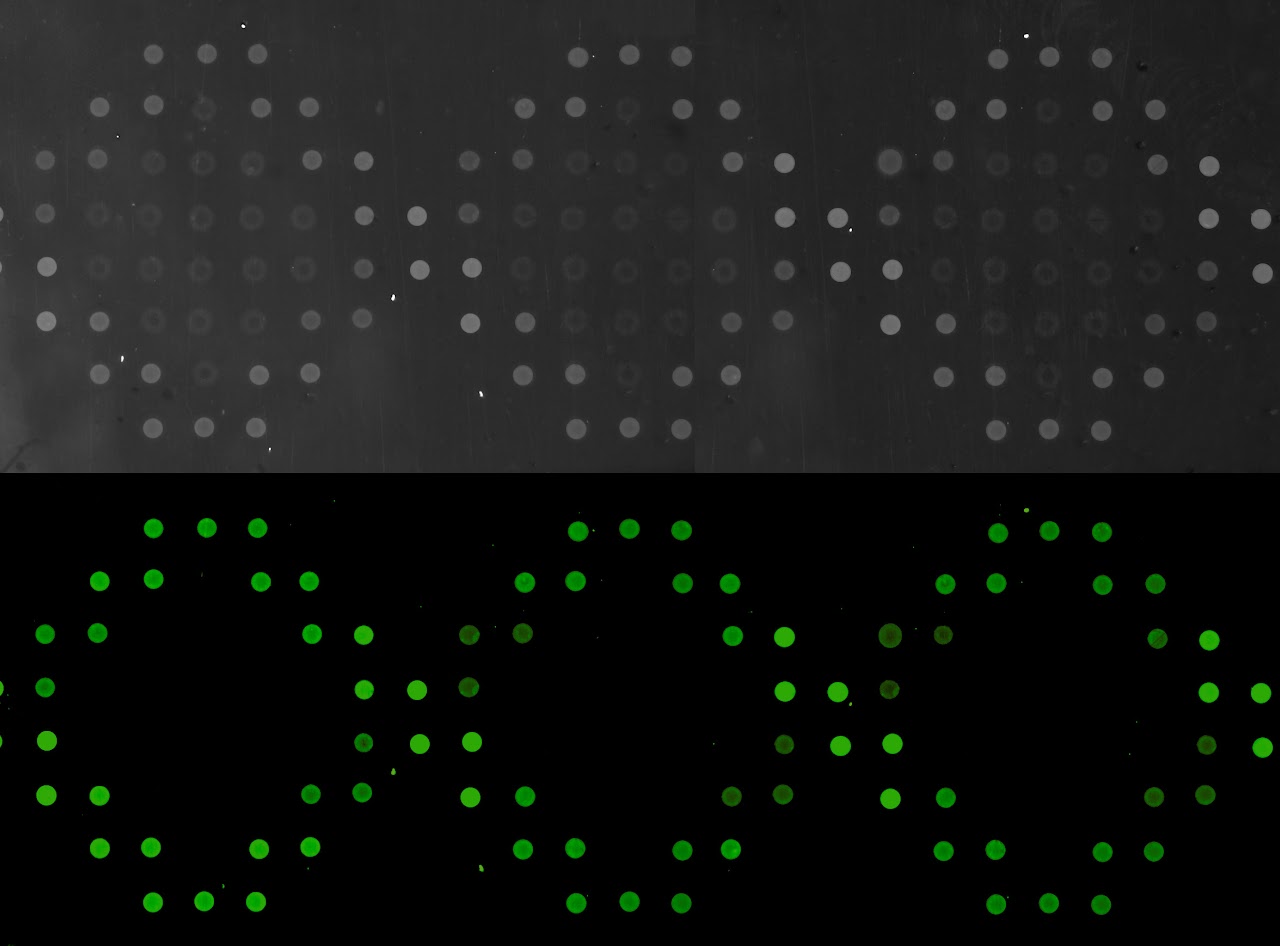
Biomolecular interactions
In cellular processes, infections and immune reactions, as well as pharmacological therapies, specific molecular interactions occur within a large variety of other interactions, possibly cooperative or competitive. For unveiling the molecular basis of diseases and estimating recognition effectiveness towards therapeutic approaches, it is essential to quantitatively measure and model such interactions, which requires isolating dominant factors, measuring free energy and kinetics, and fitting them into a theoretical framework. Concurrently, it is crucial to identify structural requirements for biomolecular recognition and activity, through the design and validation of synthetic compounds mimicking natural ligands.
Moreover, the supramolecular organization in cells and biological matrices, as well as cellular organization in tissues, has evolved to leverage thermodynamic and mechanical properties, phase transitions and chemical reactions. Model biomaterials, like hydrogels and reconstituted systems, by recapitulating individual properties and their combinations, can help to unravel the underlying principles across length scales.